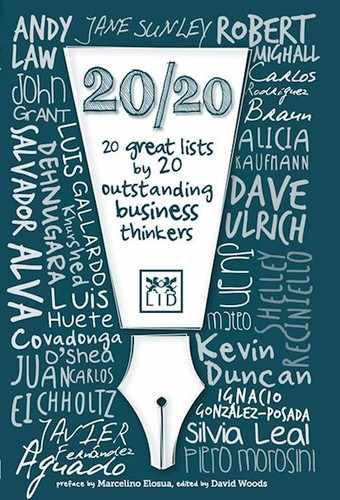8.
FAIL FASTER
On 1 February 2003 the Columbia Space Shuttle disintegrated over Texas upon re-entry to the earth’s atmosphere, killing all seven crew members. The direct cause of the disaster turned out to be a piece of foam dislodging and striking the exterior tiles, allowing hot gases to enter the body of the space shuttle when it re-entered the atmosphere. However, the disaster is also a well-known case study of organizational and group failure. Academics who studied the culture of NASA identified failures in group dynamics such as a lack of listening, learning and enquiring, and limited psychological safety for challenging authority. The culture relied on data-driven problem-solving and quantitative analysis, and discouraged new untried thinking and the exploration of incomplete yet troubling information.100
The problem wasn’t failure itself, it was people’s attitude to failure. They avoided looking at potential mistakes in order to avoid embarrassment and loss of self-confidence. They focused their energies on advocating their own or existing points of view, rather than staying open to the possibilities that something might be wrong with the existing system. It has been reported that even though they were concerned about the foam strike on the shuttle, NASA managers spent 17 days downplaying the possibility that this eventuality represented a serious problem, and therefore failed to look into the issue further.101
We measure our worthiness in terms of successes and achievements, wearing ambition like a badge of honour. We tend to have high expectations of ourselves and others, so that when we fail to achieve our goals, we feel disappointed. We tend to take credit when things succeed, and blame others when they don’t. So failure often takes us by surprise. If “failure is not an option,” we are thrown off course. We become depressed by our mistakes and see them as an affront to our self-worth, exposing our incompetence.
Our attitude to failure often seems to be cultural. People look to the dynamism of American entrepreneurial culture as epitomized by Silicon Valley and the startup world. Entrepreneurs are known to be proud of their failures, an attitude encapsulated in the motto of business startups: “fail faster.” In some circles, if you haven’t started a business and have not failed at least once, investors might not trust you. This experience and acceptance of failure is key to later success.
Contrast the puritan work ethic of the American East with the gold rush in the West which de-stigmatized failure. Whole populations tried digging and panning in random places both not knowing whether they would strike rich or where the gold was, seeing failure as a normal part of trying to become successful. As tens of thousands of people went through this process, the idea of failure gradually lost its sting. We can see the echoes of this in the modern entrepreneurial world of Silicon Valley, where having tried something and failed is not seen as a negative.
US design firm IDEO’s core philosophy is “build to learn.” Acting before having the answers, taking risks and fostering clumsiness are all encouraged and rewarded. One story tells of an employee who came back from his first-ever skiing trip and boasted in a meeting that he had skied for three days without ever falling down. Rather than being congratulated, he was derided for remaining within his comfort zone.102
Instead of avoiding the pain of failure, we could re-frame failure as vital feedback, an opportunity to learn. Just like self-guided cruise missiles, which constantly seek feedback and auto-correct themselves once launched, we can proactively seek feedback to enable us to take mid-course corrections. The very process of walking is one where we are constantly off balance and correct ourselves with each step we take, falling forwards. Entrepreneurs are adept at acknowledging the possibility of failure right from the beginning of a process, so that they can start considering all options, watching for the failure point, ready to adjust as they go along.
Rather than seeing failure as a source of shame and regret, we can view it as an acceptable and inevitable part of operating in a complex and uncertain environment. Not expecting to get it right the first time frees us up to get up and try again.
In a commencement speech to Harvard University, JK Rowling talked about failure as a “stripping away of the inessential.” It allowed her to stop pretending to herself about who she was and start to focus her energy on what mattered most, her writing. “I was set free, because my greatest fear had been realized,” she explained. Had she succeeded at anything else, she might have never found the determination to succeed in writing. Sometimes we need to fail to realize what is important.
